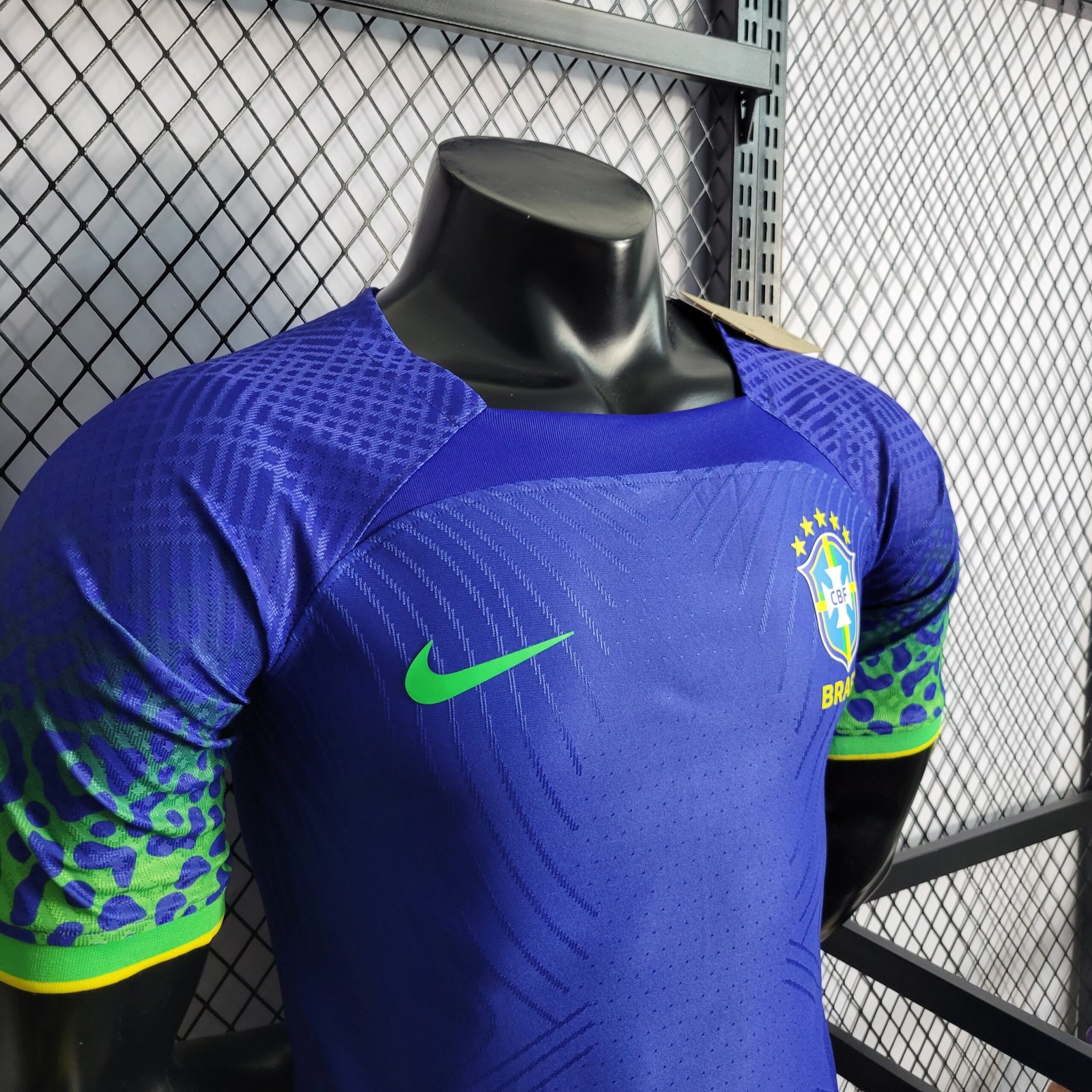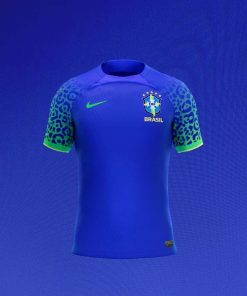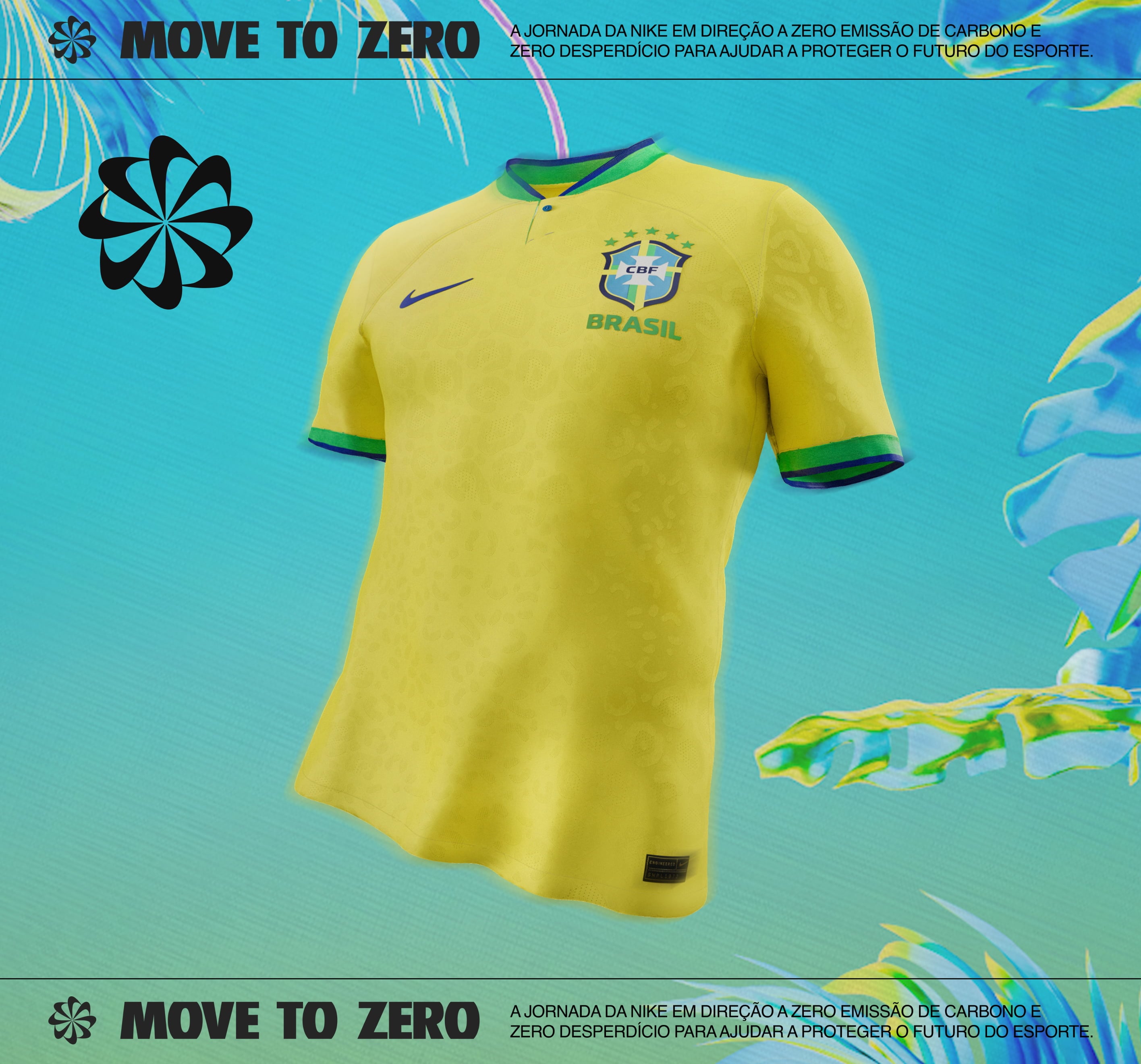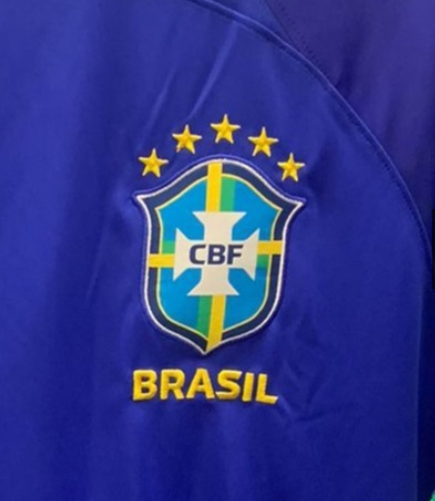2022-23 Copa Do Mundo Camisa do Brasil verde escuro roupa de treino Camisa de Futebol Personalizada Nome Numero - Escorrega o Preço

Camisa II da Seleção Brasileira Azul (Copa do Mundo) 2022/2023 – Versão Jogador - KS Sports - Camisas de Times e Seleções

Camisa II da Seleção Brasileira Azul (Copa do Mundo) 2022/2023 – Versão Jogador - KS Sports - Camisas de Times e Seleções

Camisa da seleção brasileira não poderá ser personalizada com nomes de políticos | ACidadeON Ribeirão Preto Esportes
:strip_icc()/i.s3.glbimg.com/v1/AUTH_da025474c0c44edd99332dddb09cabe8/internal_photos/bs/2022/h/w/aakmvDTECABLQVnK8Jmw/brasil-hero-image-16x9-2.jpg)
Camisa oficial do Brasil na Copa não pode ser personalizada com nomes de Lula e Bolsonaro | Catar 2022 | O Globo

















